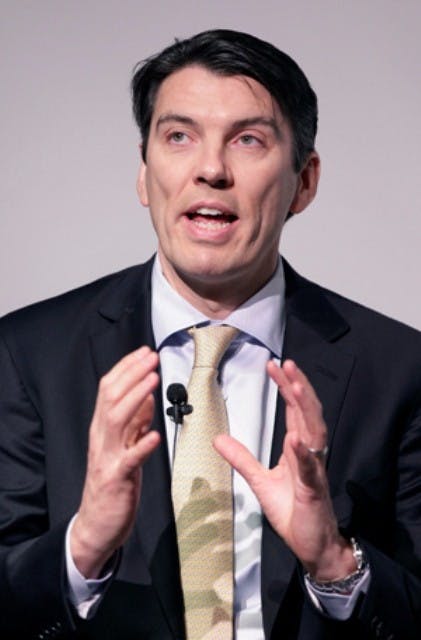America Online is making some poor employment-branding choices again.
Last August, AOL CEO Tim Armstrong (right) publicly fired an executive while on a conference call – a call where he was explaining other layoffs and cutbacks in the company’s Patch operation.
This past week, Armstrong announced that the company would be making a change to its 401(k) that would save the company $7 million per year. This sparked a media outrage that culminated in him publicly reversing the decision three days later.
There’s a lot to unpack in this story.
Why is the CEO talking about health costs of 2 employees?
The idea of funding 401(k) matches annually, rather than bi-weekly, is not restricted to AOL.
In explaining his decision, Armstrong said he was looking for savings to counteract Obamacare cost increases – a claim that doesn’t make a lot of sense for a large company that already self-insures its employees. Then, there’s the optics of a CEO making $12 million per year publicly reducing employee benefits by $7 million.
But there’s also an HR process issue buried in this larger story. As part of his announcement, Armstrong reportedly told employees:
Two things that happened in 2012 […] We had two AOL-ers that had distressed babies that were born that we paid a million dollars each to make sure those babies were OK in general. And those are the things that add up into our benefits cost. So when we had the final decision about what benefits to cut because of the increased healthcare costs, we made the decision, and I made the decision, to basically change the 401(k) plan.”
Why, oh why, does the CEO of a major company know specifics about the medical care received by two employees?
The problem comes in how self-funded plans are set up.
The challenges of self-funded health plans
In a self-funded plan, the employer essentially pays the medical bills of all covered employees. These bills get filtered through a third-party administrator, but a company pays more in months with high employee costs than it does in months with low employee costs.
HR departments all over the country put steps in place to keep track of claims that are over a certain level, since these claims could hit a trigger that requires stop-loss insurance. My level was usually around $20,000; if bills for a given injury or illness got over that level, I wanted to know about it.
This served two functions: first, I wanted to be sure that the person who was costing me a lot of money was actually supposed to be on the plan, and second, I could be sure that finance people knew that something big might be coming.
However, this is a dicey area of HR and benefits practice.
HR needs to define the processes
As the plan administrator and HR lead, I know which employees have cancer, problem pregnancies, life-threatening illnesses, and so on. I can’t let those employees supervisors know about these issues because I don’t want them to be discriminated against on the basis of a medical condition. But, I do need to let my boss know that we’re looking at a possible six-digit claim before insurance kicks in!
As HR professionals, we need to define the processes for who gets to know what amount of information, before any information comes in. Then, the hard part is that we have to stick to these, and not tell anyone else, even if they ask!
When these barriers fall down, you get executives griping, “I can’t believe that Harvey’s performance is terrible and we’re paying through the nose for his wife’s MS!”
Or, as in the case of AOL, you get executives publicly citing the birth of two babies as the reason that the 401(k) match is going to be less generous this year.
